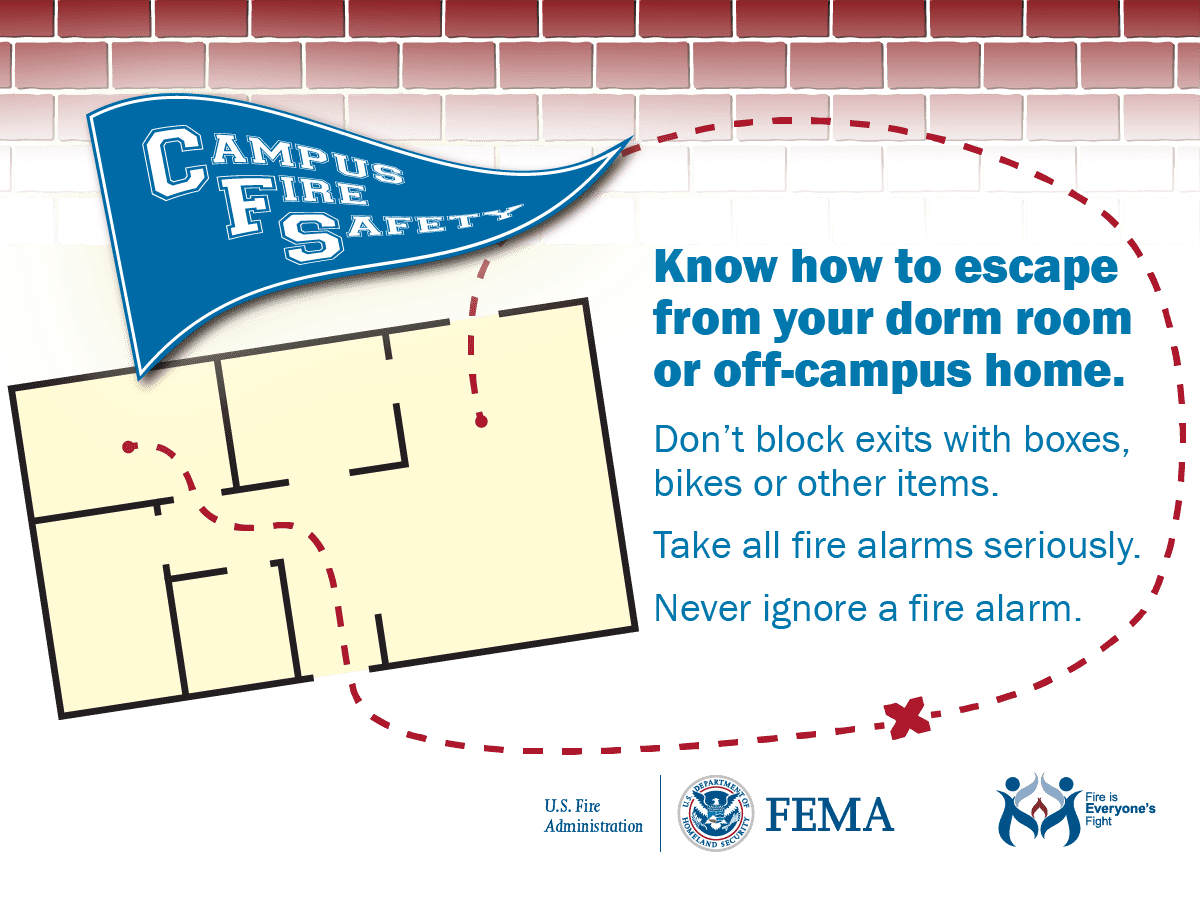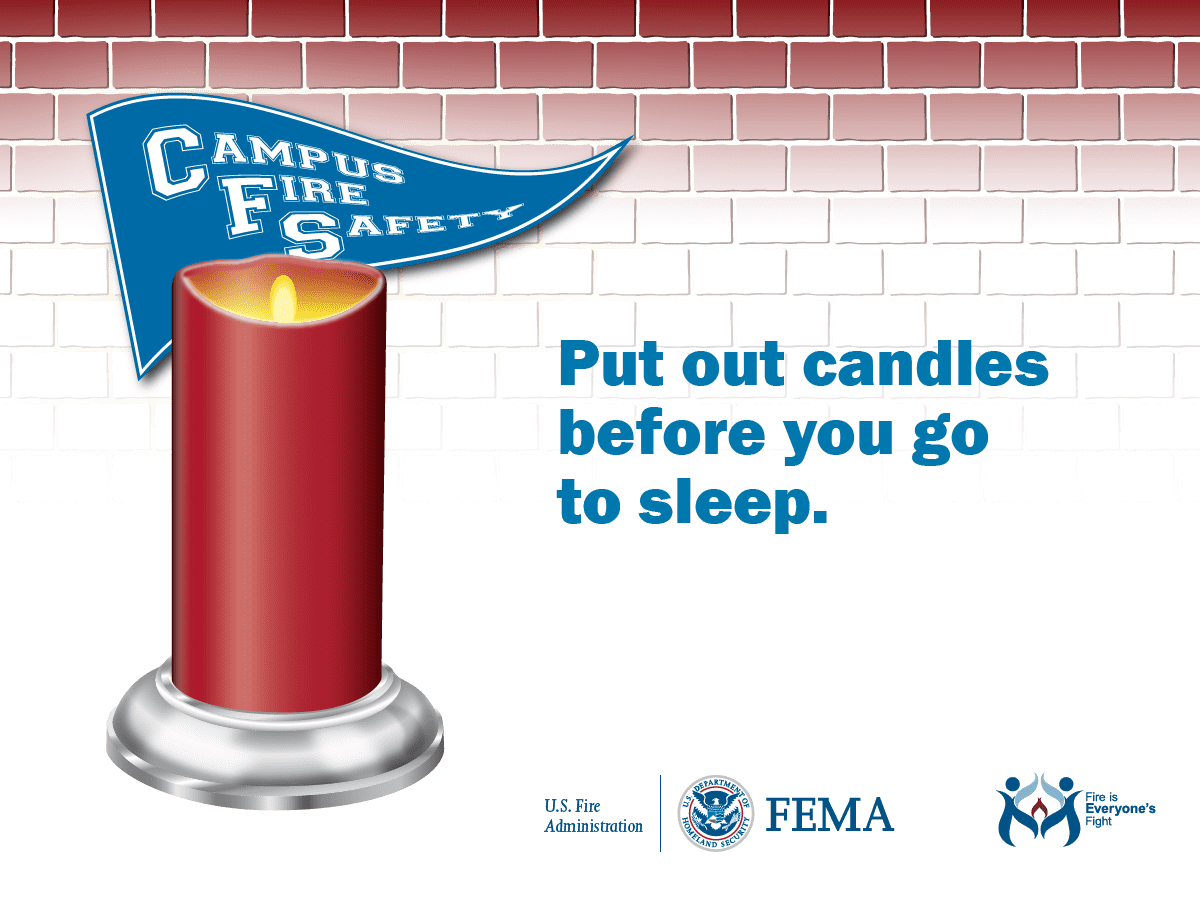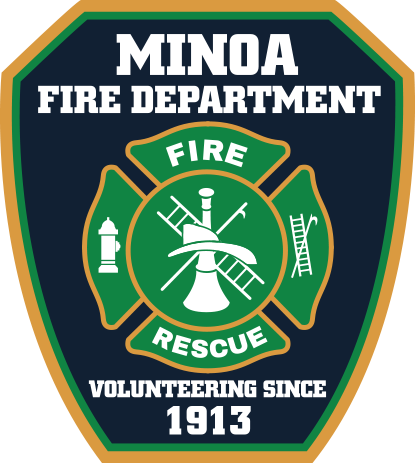Campus Fire Safety

Protecting students on and off campus
Whether you’re living in a dorm, an apartment, or a shared house, fire safety should be part of your daily routine. The truth is, fires can happen anywhere — but students are especially vulnerable when safety is overlooked. Late nights, busy schedules, and shared spaces create a higher risk for accidents that can turn deadly in minutes.
Why This Matters
Many fatal campus-related fires happen away from school property, in places where safety measures like sprinklers and working alarms are missing. Add in late-night activities, distractions, and unsafe habits, and the danger grows. The tragedy is that nearly all of these fires could have been prevented with a few simple precautions.
Make These Safety Habits Non-Negotiable
Alarms & Exits
• Keep smoke and carbon monoxide alarms in place, with fresh batteries, and never disable them.
• Keep stairs and hallways clear so everyone can escape quickly in an emergency.
Cooking
• Only cook in approved areas — never in bedrooms or study spaces.
• Keep cooking surfaces free from anything that can burn.
• Stay in the kitchen when using the stove, especially at high heat.
• If a microwave fire starts, keep the door shut and unplug it.
Electrical Safety
• Keep lamps and bulbs away from flammable materials.
• Avoid using extension cords for large appliances.
• Don’t overload outlets — use surge protectors with built-in safety shutoff.
Smoking
• Always fully extinguish cigarettes and ashes.
• Never throw hot butts or ashes in the trash.
• Use sturdy, deep ashtrays placed on non-flammable surfaces.
• Don’t smoke if you’ve been drinking or are tired.
• After guests leave, check for hidden cigarette butts — furniture can ignite quickly.
The Bottom Line
Fires don’t give warnings. A few seconds of caution can mean the difference between life and death. Whether you’re a student or a parent, make fire safety part of your everyday thinking — and don’t let preventable mistakes become permanent tragedies.










Source for Content: National Fire Protection Association and U.S. Fire Administration
